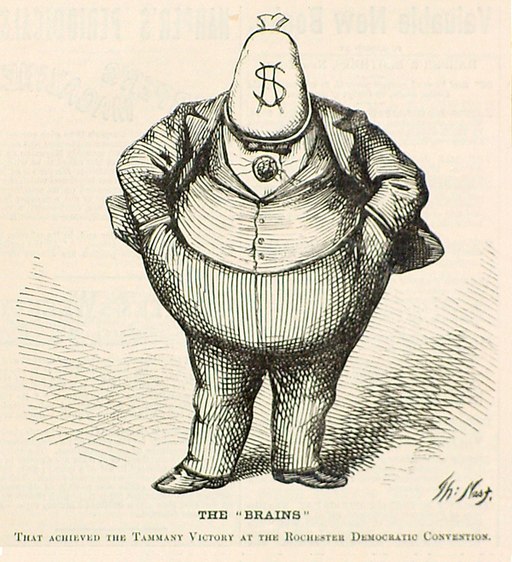
On August 23, Democratic primary voters in Florida picked their champion for the November attempt to unseat incumbent Republican governor Ron DeSantis.
In fairness, those voters weren’t offered much of a choice. The two “had a realistic chance of winning” candidates were Nikki Fried and Charlie Crist.
Fried, a former lobbyist, spent her entire term as the state’s only statewide elected official (agriculture commissioner) issuing “oh no you didn’t” press releases every time DeSantis so much as yawned, and pulling stupid tricks like adding her photo to the inspection stickers on every Florida gas pump as publicly funded campaign ads (the legislature nixed that one in short order).
You’d have to look pretty hard to find a candidate less likely to lead a successful anti-DeSantis revolution. Unless, of course, Charlie Crist happened to get interested. Which he did, decisively defeating Fried for the ballot line.
Crist is the mirror-like spitting image of Ron DeSantis: They’re both swamp creatures, political careerists, tax parasites who’ve spent their entire adult lives either on, or trying to get on, government payrolls.
Crist has been a state senator, state education commissioner, state attorney general, governor, and US Representative. He’s been continuously in office, running for office, or preparing to run for office since 1986. His party affiliation record is sort of “reverse Donald Trump.” Over the last decade, he’s gone from Republican to “independent” to Democrat. Whose dog is he? Whomever’s will hunt with him in his latest crusade to get paid for running your life.
DeSantis’s resume is shorter but strikingly similar. He went from government lawyer — first in the US Navy, representing/advising the government’s Guantanamo Bay torturers, then as an assistant US attorney — to US Representative, to jumping on the Trump train and getting himself elected governor by a razor-thin margin of less than 1/2 of 1% in 2018. Since which time he’s split his work days between pouring culture war fertilizer on his presidential ambitions and trying to make sure that anyone who might vote against his re-election this November can’t vote at all.
Neither of these life-long grifters deserves another four years of welfare checks, but one of them will almost certainly win this November’s episode of Wheel of Voter Misfortune (spoiler: It will probably be DeSantis, who’s at least good at motivating his “base,” while Crist enthuses only … well, no one).
In 2016, Trump re-popularized the slogan “drain the swamp,” which has been around forever but which he probably cribbed from Pat Buchanan, who beat him in his first presidential campaign (the Reform Party’s 2000 nomination contest).
DeSantis and Crist ARE the swamp. They may not represent EVERYTHING wrong with American politics, but between them they represent most of those things. They’re twin poster boys for term limits, with the preferred number being “zero.”
I won’t attempt to advise Florida voters on their third party and independent options, but they should know that a vote for Ron DeSantis is a vote for Charlie Crist, and a vote for Charlie Crist is a vote for Ron DeSantis.
Thomas L. Knapp (Twitter: @thomaslknapp) is director and senior news analyst at the William Lloyd Garrison Center for Libertarian Advocacy Journalism (thegarrisoncenter.org). He lives and works in north central Florida.
PUBLICATION/CITATION HISTORY


